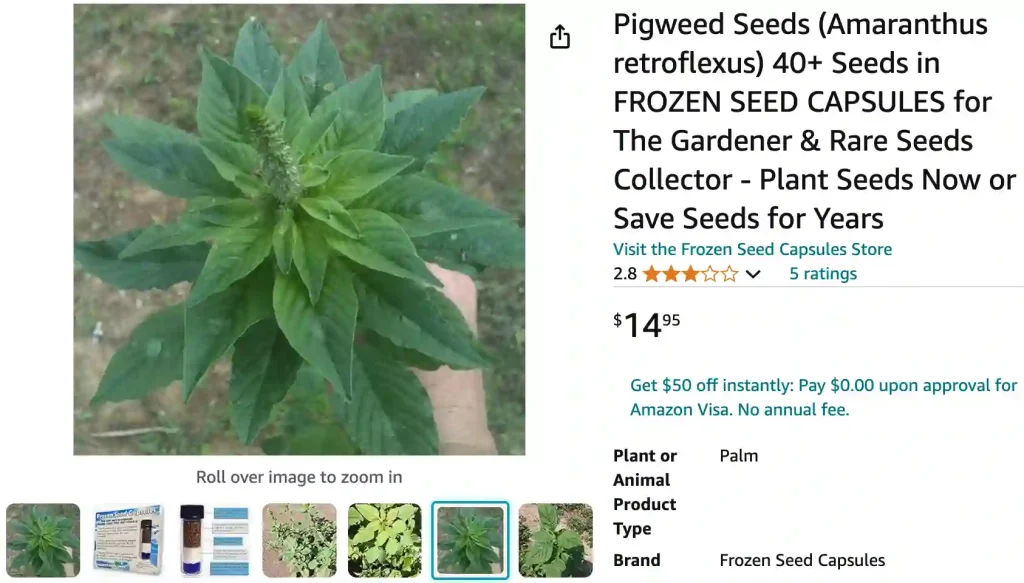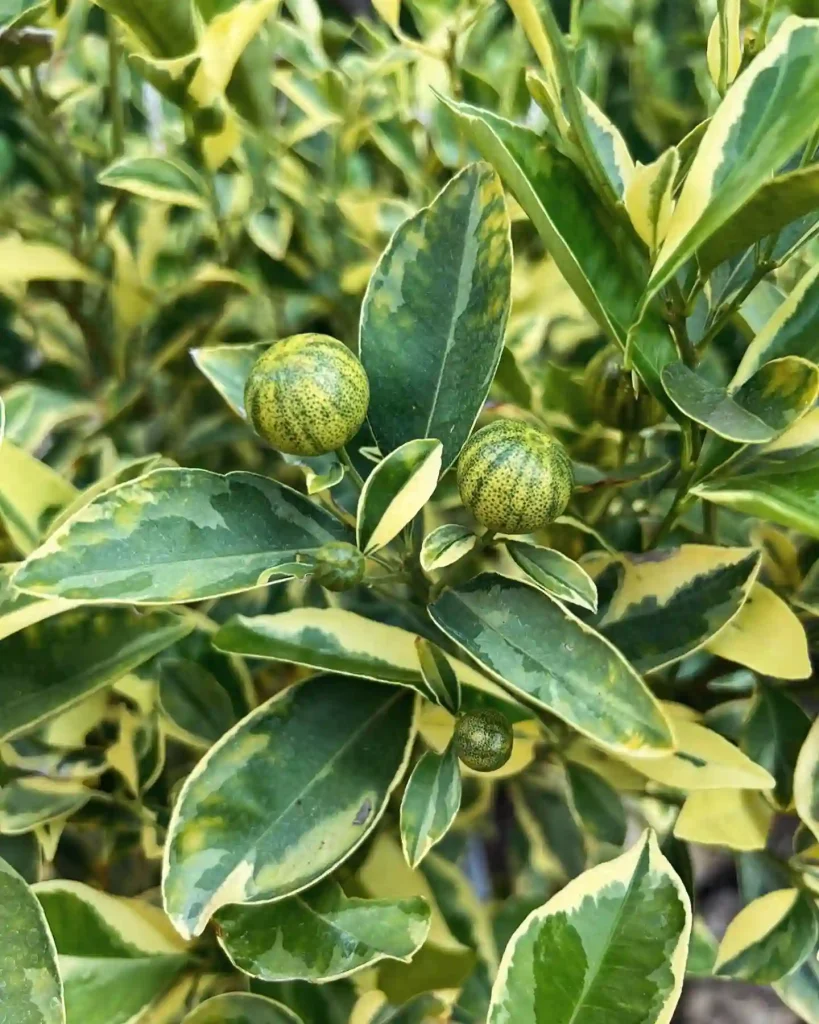
What Is Amaranthus Retroflexus?
Amaranthus Retroflexus, commonly known as Redroot Pigweed, is a hardy annual plant native to the Americas. It belongs to the Amaranthaceae family and is often found in gardens, fields, and disturbed areas. Recognizable by its vibrant green leaves and red stems, this plant can grow up to 1.5 meters tall. Its small, inconspicuous flowers cluster at the top of the stem, giving it a unique look in the garden.
Plant Family: 184 Genera in Amaranthaceae
How to Care for Amaranthus Retroflexus?
Caring for Amaranthus Retroflexus is relatively straightforward, as it is a resilient plant. Here’s what you need to know:
- Sunlight: This plant thrives in full sun but can tolerate partial shade. Aim for at least 6-8 hours of direct sunlight daily.
- Soil: Amaranthus Retroflexus prefers well-draining soil. It can grow in various soil types, from sandy to loamy, as long as the soil is not waterlogged.
- Watering: Regular watering is essential, especially during dry spells. However, be cautious not to overwater, as it can lead to root rot.
- Fertilization: While not a heavy feeder, a balanced fertilizer can be applied once or twice during the growing season to promote healthy growth.
How to Propagate Amaranthus Retroflexus?
Propagation of Amaranthus Retroflexus is typically done through seeds. Here’s how you can do it:
- Sowing Seeds: Start seeds indoors 6-8 weeks before the last frost date or sow them directly in the garden after the danger of frost has passed. Scatter the seeds on the soil surface and lightly cover them.
- Germination: Seeds generally germinate within 7-14 days. Keep the soil consistently moist but not waterlogged during this period.
- Transplanting: If started indoors, transplant the seedlings outdoors when they are 3-4 inches tall and after all danger of frost has passed.
What to Plant with Amaranthus Retroflexus?
Amaranthus Retroflexus pairs well with several other plants in the garden:
- Corn: The tall growth habit of Amaranthus complements the height of corn plants, creating a visually appealing garden.
- Beans: Beans and Amaranthus grow well together as beans can benefit from the shade provided by Amaranthus.
- Squash: The broad leaves of squash plants can help suppress weeds and create a ground cover around Amaranthus.
Is Amaranthus Retroflexus Toxic?
Amaranthus Retroflexus is not toxic to humans or pets. However, it can be problematic as it can outcompete other plants in the garden due to its vigorous growth. It is also important to note that while it is safe, overconsumption of Amaranthus seeds can lead to digestive issues in humans, especially if they are not cooked properly.
Benefits of Amaranthus Retroflexus
Amaranthus Retroflexus offers several benefits:
- Nutritional Value: The seeds are highly nutritious, containing essential amino acids, vitamins, and minerals. They are a valuable food source in many cultures.
- Soil Health: The plant helps in soil stabilization due to its extensive root system, preventing soil erosion.
- Wildlife: It provides food and habitat for various wildlife, including birds and insects.
Common Problems with Amaranthus Retroflexus
Despite its hardiness, Amaranthus Retroflexus can face some issues:
- Weed Potential: It is known to be an aggressive grower and can become invasive if not managed properly. Regular monitoring and control measures are necessary.
- Pests and Diseases: While not heavily affected, it can sometimes attract pests like aphids or experience fungal issues if the conditions are too moist.
Compare with Other Similar Plants
If you’re considering alternatives to Amaranthus Retroflexus, you might look at these plants:
- Amaranthus Cruentus: Known as the “Blood Amaranth,” it is another type of amaranth but has a different color and is often grown specifically for its seeds.
- Pigweed (Chenopodium album): Often confused with Amaranthus Retroflexus, this plant is also a common weed and has similar growth habits but belongs to a different family.
Conclusion
Amaranthus Retroflexus, with its vibrant appearance and hardy nature, can be a valuable addition to your garden or landscape. It’s relatively easy to care for and propagate, and it offers benefits like soil health improvement and nutritional value. However, it’s important to keep an eye on its growth to prevent it from becoming invasive. By understanding its needs and characteristics, you can make the most of this versatile plant in your garden.
If i die, water my plants!

